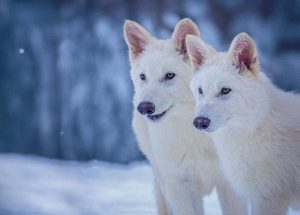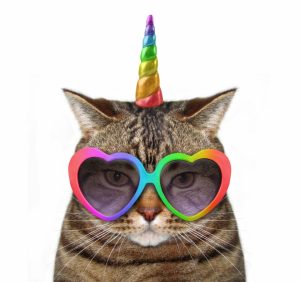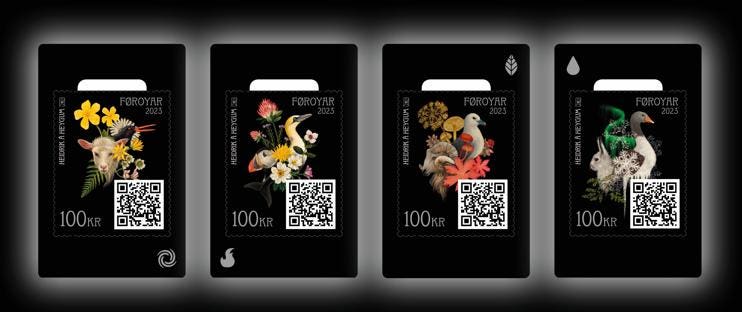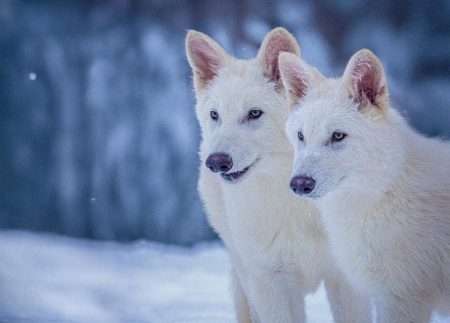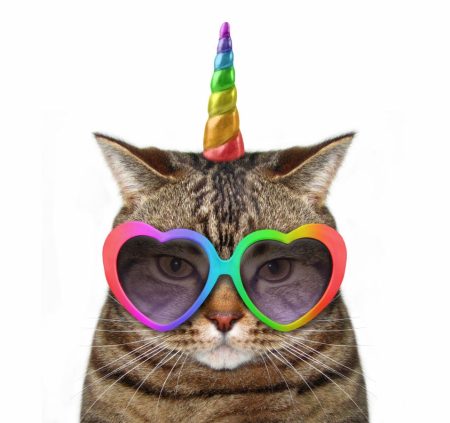By: Christos Makridis
The Faroe Islands – an autonomous territory of the Kingdom of Denmark and known for issuing postage stamps for nearly half a century – recently pioneered a new series of digital stamps called the Stamps of Maybe in collaboration with VariusSystems. Posta Faroe Islands is the first Nordic Postal Service to issue crypto stamps, joining a handful of other leading postal services, including the Austrian Post and the Netherlands.
The launch of Stamps of Maybe reflects bold leadership on part of a historic postal service and an Austrian family business in response to a growing international interest in crypto stamp art. Despite the “crypto winter,” characterized by an 84% decline in NFT sales between April 2022 and April 2023, according to CryptoSlam, the new collection reflects bold leadership in pursuit of value-enhancing use-cases of blockchain technology for both art and tracking of physical materials.
Each physical stamp has its own digital twin that is stored on the blockchain and can still be used for franking—a novel use-case for NFTs. “Stamps of Maybe represents a groundbreaking advancement in the world of stamp history by introducing oracle technology for the first time. This innovative approach empowers users to interact and co-create their stamps allowing them to shape the rarity of their collection. Moreover, these NFT stamps act as a time capsule, preserving an exact moment in time,” said Michael Dorner, CEO of VariusSystems.
Unlike other crypto stamps however, the Stamps of Maybe are linked to Veðurstova Føroya, the Faroese Weather Station, and embeds a dynamic connection between the two: the weather in the Faroe Islands at the time of activation influences how the twin will appear. Each crypto stamp contains a QR code and a NFC chip, which both can be used to activate and view the digital twin. The user decides the activation time – doing so immediately or waiting, behaving as a “digital time capsule” to reflect the season that the user wants to capture on the stamp.
The Stamps of Maybe are a novelty for not only a postal service, but also NFTs. Crucially, they use real-time weather data from the Faroe Islands to influence the appearance of the NFTs, meaning that NFT rarity is not pre-defined – it is universally unique and the owner of the stamp can influence the appearance of their NFTs. Once the owner scans the stamps, a preview appears and will show the level your NFT would achieve should you activate at that moment in time. The user can choose to wait – scan again and preview before final activation. However, once the user decides to activate the stamp, the appearance on the NFT is locked.
The seasons are rendered by multi-artist Heiðrik á Heygum with four beautiful picture collages, or bouquets, each bouquet containing flowers, various other plants, birds, and animals.
- Spring (the stamps are linked to the wind strength in the Faroes): Heiðrik chose the lamb, the oystercatcher and the marsh marigold to represent the spring bouquet. Nothing is more reminiscent of spring than the familiar sound of the oystercatcher and the little lambs playing in the infield. Nature wakes up, the grass grows, and flowers, animals and people delight in the long-awaited victory of light over darkness. Both the infields as well as the outfields abound with life. The marigold, the national flower of the Faroe Islands, begins to bloom and spreads its yellow color across small streams and other moist areas.
- Summer (the stamps are linked to the temperature in the Faroes): Grass and plants are in full bloom, and the Faroe Islands are never as green and flourishing as in summer. Red clover, dandelions and other flowers adorn our summer bouquet, along with two of the Faroe Islands’ most famous birds, the puffin and the gannet. The tail fin of a pilot whale also protrudes from the bouquet. At this time of year, the Faroe Islands show their most beautiful side — days with a calm breeze, brilliant sunshine, and the sea shining like a mirror.
- Autumn (the stamps are linked to the humidity in the Faroes): The grass is fading in the field, and the migratory birds have moved south to spend the winter in warmer climes. Now the time has come to harvest potatoes and other crops. This is also the season when the sheep are herded down from the mountains to their final destination in the abattoir. The autumn bouquet also contains the ram and the mallard, along with mushrooms and faded leaves. The days get shorter and the evenings longer, but autumn remains exciting as schools and other activities start again.
- Winter (the stamps are linked to the rain in the Faroes): It is no secret that the Faroese winter can be harsh and windy. Low-pressure areas gather over the islands, affecting the weather. Seeing the northern lights dancing over the mountain tops on a beautiful, clear, snow-white winter evening is a unique experience, adorning the winter bouquet beside the hare and the goose. Geese have been kept on the Faroe Islands since the settlement period, and the Faroese goose is believed to be a direct descendant of the geese brought by the Vikings.
This was the first time that Heiðrik á Heygum had ventured into creating crypto stamp art, so he wanted to retain authenticity with the Faroese, while still trying something innovative. “Each stamp features its own distinctive bouquet, carefully crafted to encompass the flowers, plants, birds, and animals that symbolize the essence of each season on our islands. The Faroese people have always shared a deep connection with nature and its abundant resources, which is why many of these flowers and animals have become national symbols in our music and art. In fact, our traditional national costume proudly showcases embroidered representations of these flowers, often on black or dark tones of fabric,” said Heiðrik á Heygum.
“Through these crypto stamps, I aimed to infuse the technological world with the rich tapestry of Faroese culture, uniting tradition and innovation in a visually captivating manner. It is my hope that these stamps will not only serve as a means of postage but also as a testament to the profound connection we share with our environment and our commitment to preserving our unique traditions for generations to come,” Heiðrik á Heygum continued.
VariusSystems has a track record in producing innovative technologies. The Varius Group is a family owned group of companies and reaches back to the 1970s when the founder Frank Dorner started manufacturing a “digital card” which held information on barcodes, mag stripes and even a name and photo of the card holder printed on the card. Frank was the inventor of the desktop card personalization machines which made this possible and revolutionized the market at that time.
His son, Michael Dorner, took over in 2003 and engaged with emerging technologies, most notably the application to blockchain for the secure storage of IDs, which led to the development of crypto stamps. “After meeting with several leaders of postal companies around the world at the Universal Postal Union from the United Nations summit in Frankfurt earlier this week, we felt an enormous interest not only in the NFT stamps, but in blockchain technology as such. Countries from all around the globe, from Iceland to Togo, from Portugal to Singapore, are interested in how this digital revolution with decentralized blockchains can help their businesses grow and stay ahead of the curve,” said Dorner.
Posta’s adaptation to the digital age beyond traditional services (e.g., physical mail) reflects a growing interest in engaging the youth and leveraging technology. Customers can track packages, request pickups, and access other postal services conveniently through the Posta website or mobile application. The philately department at Posta has long been celebrated by philatelists worldwide for its inventive stamps, featuring everything from fish skin textures (this stamp gained world-wide recognition and interest), stamps with build-in QR codes, prestigious engraved stamps to breath-taking landscapes and cultural artifacts. Building upon this legacy, the introduction of NFT stamps represents a bold leap forward in the collecting experience and combining blockchain technology with captivating Faroese culture.
Read the full article here

